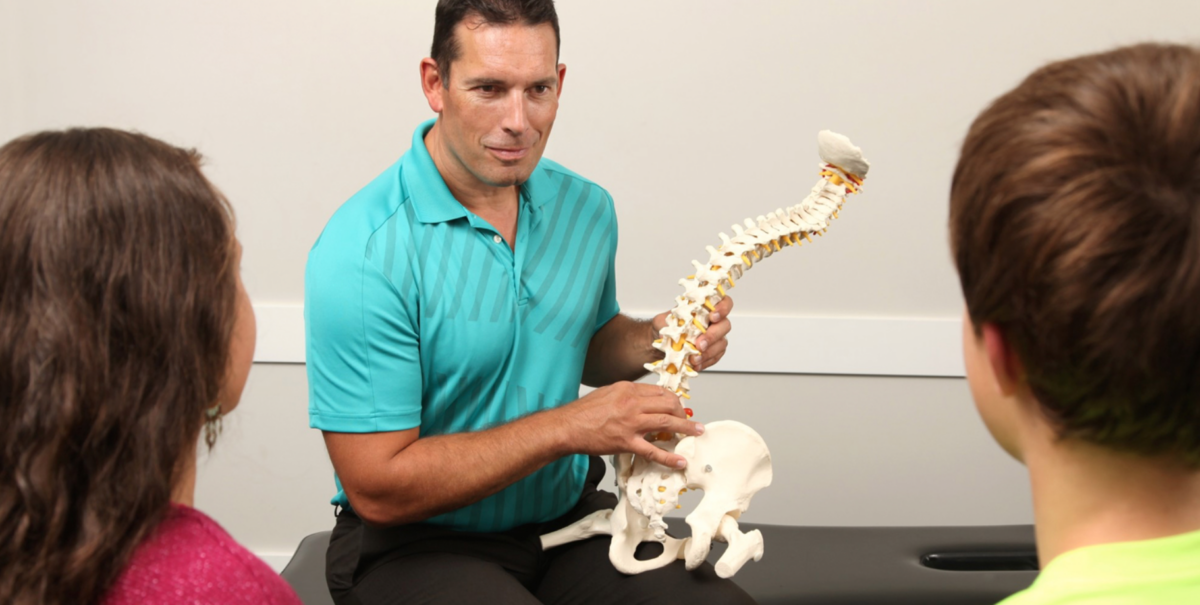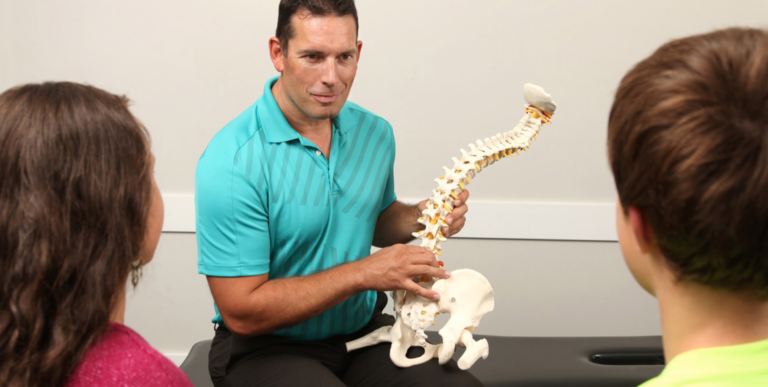Does holistic medicine interest you? Do you find it rewarding to offer natural pain relief to patients? If so, a chiropractic education may be a great fit for you.
Chiropractic care uses hands-on spinal manipulation to treat a wide range of conditions from migraines to low-back pain and sports-related injuries.
Doctors of chiropractic (DCs) believe that the proper alignment of the body’s musculoskeletal structure allows the body to heal itself – eliminating the need for medication or surgery.
With more than 35 million Americans seeking chiropractic care annually, the need for alternative medicine has never been greater. But before you can enter this rewarding field, you have to get the proper education.
Parker University Offers a Fast Track
Does the thought of obtaining a doctoral degree intimidate you? Don’t let it!
There are actually BS/DC programs available for entering freshmen who’ve decided to become a chiropractor early on.
Instead of taking eight years to complete (four years for an undergraduate degree and a four-year doctoral program), BS/DC programs allow you to finish in just seven years.
Students will obtain their bachelor of science degree in biology and a doctoral program (DC). A common BS in biology program will offer some of the following classes:
- Intro to Biology
- Biochemistry
- Anatomy and Physiology
- Genetics
- Calculus
Once you enter the doctoral program, you can expect to take some of the following courses:
- Ethics
- Spinal Anatomy
- Clinical practice
- Adjustive technique
- Clinical practice
- Nutrition
- Public health
- Rehabilitation
Upon successful completion of your degree requirements, you’ll also need to obtain a license to practice in your state of choice.
Licensing Requirements
Regardless of the state in which you live or plan to practice, you need a license to work as a chiropractor. What does differ from state to state is the exam requirements.
The state exam is administered by the National Board of Chiropractic Examiners (NBCE). But some states also require practicing doctors to pass an additional test.
To successfully complete your chiropractic education, you’ll need to pass several different exams given by the NCBE.
- Part one: tests the six basic science areas
- Part two: covers and assesses the six clinical science areas including diagnostic imaging
- Part three: addresses examinations, case management, and case history
- Part four: tests skills on x-ray interpretation and chiropractic technique
Ambitious students can also expand their knowledge into the fields of acupuncture, ethics, and special purposes examination.
A Snapshot of Your Chiropractic Education Road Map
In addition to the above-mentioned degree programs and licensing requirements, aspiring chiropractors must complete a minimum of one year of clinical work. This means hands-on experience working with patients.
The good news is, many BS/DC programs offer ample opportunity for clinical work during your seven years of study. According to the American Chiropractic Association, your educational career will include 4,200 hours of classroom, lab, and clinical coursework.
If you’re ready to embark on your chiropractic education journey at Parker University, contact us for more information and guidance.

